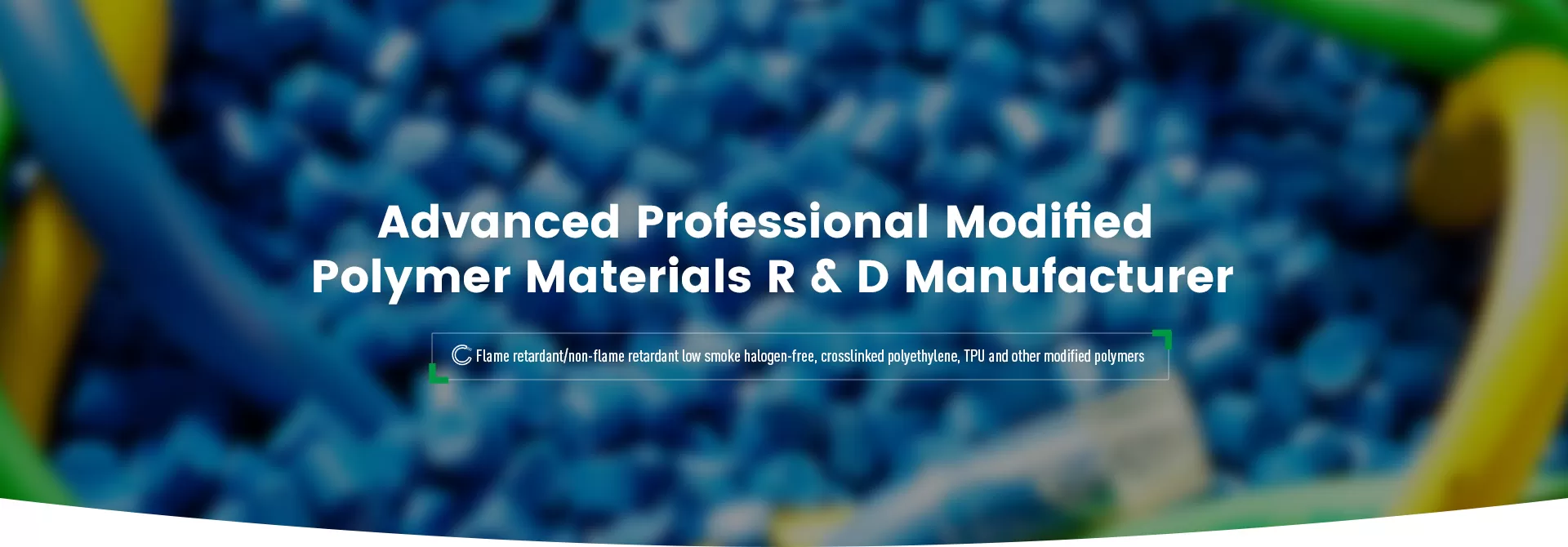

Silane self-crosslinking halogen-free, low-smoke, flame-retardant polyolefin cable materials for photovoltaic cables comply with ROHS, REZCH and other relevant environmental protection requirements. The material properties meet the requirements of EN50618-2014 standards and are suitable for the production of insulation and sheath layers of solar photovoltaic cables.
| Test item | Unit | Typical Value | ||
| PFXBS95548 | PFXBK95866 | |||
| Appearance | \ | conform | conform | |
| Density | g/cm3 | 1 | 1.5 | |
| Original tensile strength | MPa | 20 | 12 | |
| Original Elongation at break | % | 450 | 180 | |
| Thermal aging | Test conditions | - | 150℃*168h | |
| Tensile strength retention rate | % | 115 | 120 | |
| Elongation at break retention rate | % | 80 | 80 | |
| Short-term high temperature aging | Test conditions | 185℃*100h | ||
| Elongation at break retention rate | % | 70 | 75 | |
| Low temperature shock | Test conditions | -40℃ | ||
| Number of failures (≤15/30) | Pcs | 0 | 0 | |
| Oxygen index | % | \ | 38 | |
| Volume resistivity (20°C) | Ω.m | 2*10^13 | 5*10^11 | |
| Dielectric strength (20°C) | MV/m | 28 | 22 | |
| Thermal stretching | Test conditions | - | 250℃ 0.2MPa 15min | |
| Elongation under load | % | 45 | 30 | |
| Permanent change after cooling | % | 2.5 | 0 | |
Combustion releases acidic gases | HCl and HBr content | % | 0 | 0 |
| HF content | % | 0 | 0 | |
| PH value | \ | 5 | ||
| Conductivity | μS/mm | \ | 7 | |
| Smoke density | Flame | Ds max | \ | 90 |
| Note: The original elongation at break is the data tested after being treated at 130℃ for 24h | ||||
| Model | A material: B material | Product Name | Use |
| PFXBS95548GW | 25:10 | Insulation material for photovoltaic lines | Photovoltaic insulation layer |
| PFXBK95866GW | 90:10 | Sheath material for photovoltaic lines | Photovoltaic sheath layer |
1. Mixing: Before using the product, mix components A and B evenly and add them to the hopper. After opening the package, it is recommended to use up the materials within 2 hours. It is forbidden to dry the materials. Components A and B should be strictly prevented from bringing in external moisture during the mixing process.
2. It is recommended to use ordinary single-thread screws for insulation with a compression ratio of 2.5-3. It is recommended to use low-smoke halogen-free special screws for sheaths with a compression ratio of 1.5±0.2.
3. Pay-off speed: Increase the pay-off speed as much as possible without affecting the surface finish.
4. Cross-linking process: After the wire is formed, it can be cross-linked naturally or in a water bath (steam). Natural cross-linking: The temperature is above 25°C, and the cross-linking can be completed within one week. Use water bath or steam cross-linking. To prevent cable adhesion, the water bath (steam) temperature is controlled at 60-70°C, and the cross-linking can be completed in about 4 hours. The above cross-linking time is based on the insulation thickness ≤1mm as an example. If the thickness exceeds this, the specific cross-linking time should be adjusted according to the product thickness and the degree of cross-linking to meet the cable performance index requirements. When testing the full performance of the cable, it is recommended to use a water bath (steam) at 60°C and a cooking time of more than 8 hours to ensure that the material is fully cross-linked.